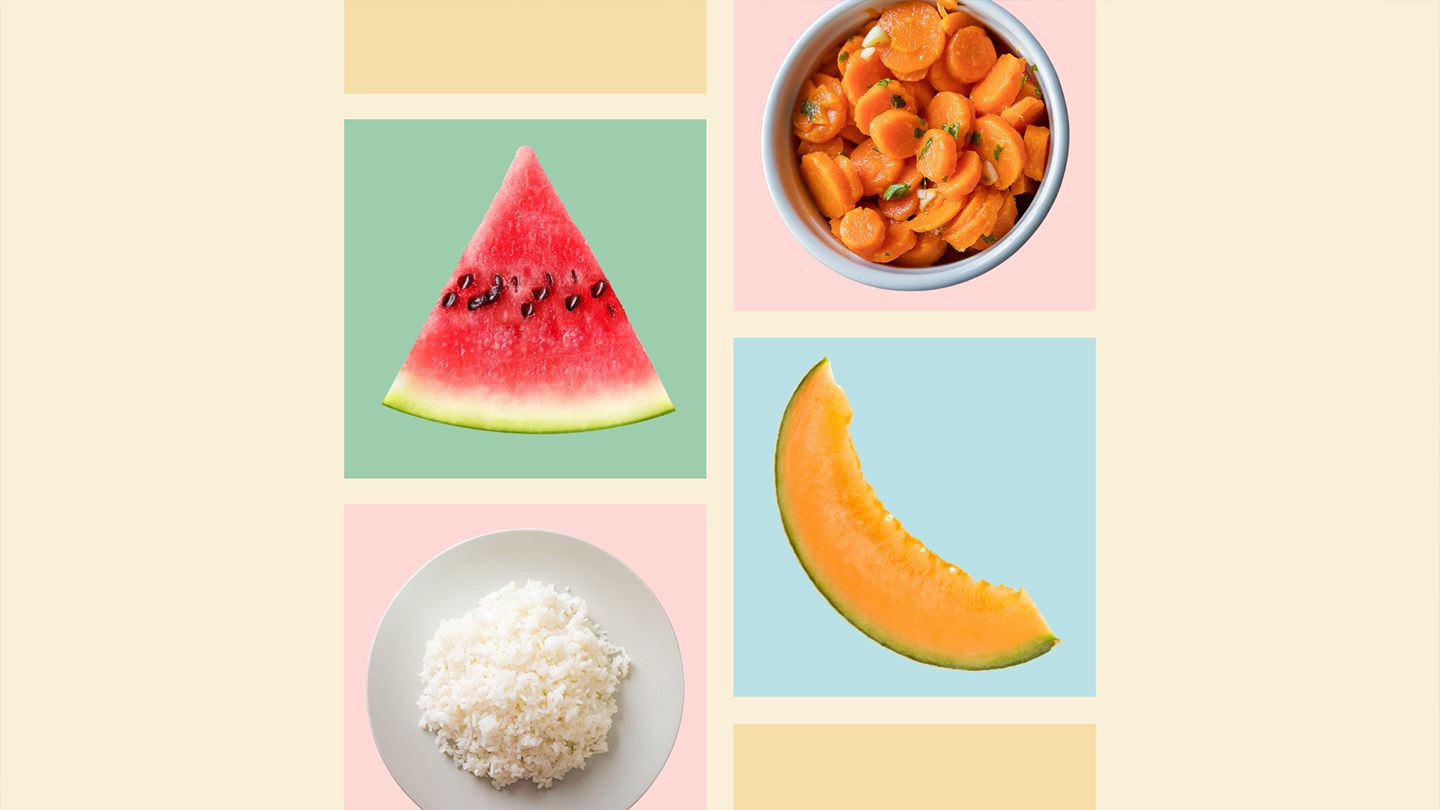If you have an inflammatory bowel disease (IBD) like Crohn’s disease or ulcerative colitis (UC), you might not feel like eating much after a flare-up. But good nutrition plays an essential role in your recovery.
One reason: IBD flares make it more difficult for your body to absorb key nutrients, says Eric Yoon, MD, a gastroenterologist and an attending physician at Manhattan Gastroenterology in New York City. For example, inflammation from IBD and steroids used to treat flares can zap your body of protein. The body needs protein for many functions, like cell repair, protection from bacteria and viruses, growth, and more.
As you recover from a flare, it can help to start with smaller, more frequent meals and to follow a low-residue diet. A low-residue diet involves limiting dietary fiber, whole grains, and dairy. In turn, this decreases the amount of residue (undigested remains of fiber and other foods that contribute to waste in the colon) that could cause irritation as it passes through your digestive system.
Here are five low-residue foods to reach for after an IBD flare.
1. White Grains
In general, nutrition experts typically recommend whole grains over white grains because they contain more nutrients, like fiber. But as mentioned, you may want to temporarily steer clear of high-fiber foods like whole grains after a flare. Fiber can sometimes be harder to digest than other nutrients.
Instead, stick with white grains and starches like white rice, mashed potatoes, oatmeal, and noodles for the time being. Unlike whole-grain breads, white bread or sourdough are often more gentle on the gut after a flare.
2. Well-Cooked Veggies
Vegetables offer vitamins and anti-inflammatory nutrients and also give you some (but not too much) fiber. “Cooked, noncruciferous vegetables, like cooked carrots, are gentle on digestion and provide essential nutrients like beta-carotene and potassium,” says Trista Best, MPH, RD, a registered dietitian in Dalton, Georgia, who advises people with IBD.
Nutrients like these boost your immune health and your gut recovery, Best adds. Other soft, cooked veggies like green beans, asparagus tips, and pureed squash are also packed with important nutrients.
Vegetables like spinach and collard greens offer plenty of calcium, and artichokes and cooked beets contain iron, says Dr. Yoon. You can also blend veggies into smoothies for an easy-to-digest meal or snack.
That said, it may be a good idea to avoid fresh, uncooked vegetables temporarily. They can increase how much stool your body produces and lead to further irritation as you recover from a flare.
3. Plain Lean Poultry and Fish
For some, meat may seem especially unappetizing after an IBD flare, but lean meats like chicken and turkey and fish are great sources of protein that can help your gut recover.
“It is tempting, but harmful, to forego meats after an IBD flare, as the protein provided is important for tissue repair and adequate nourishment post-flare,” says Best. “Lean proteins like skinless poultry or fish are easier to digest while providing essential nutrients like protein and B vitamins.”
Some lean protein sources give you the bonus of healthy fats. Omega-3 fatty acids in fish, for example, can decrease inflammation, which can help you ease out of a flare and back into your typical diet.
Ensure any poultry or fish you eat is plain and doesn’t have too many spices or seasonings, which could irritate the gut.
If you prefer nonmeat sources of protein, you can get healthy proteins from scrambled eggs, tofu, and some nut and seed butters. Just be sure that any nut or seed butters you eat are smooth and don’t contain any whole nuts or seeds, which can cause problems for people with strictures related to their IBD.
4. Soft Fruits
Fruits are packed with vitamins and anti-inflammatory nutrients that are essential after a Crohn’s or UC flare.
But most raw fruits — especially when eaten with the skin — contain too much fiber for a sensitive stomach.
The most gut-friendly fruits to eat after a flare are peeled apples or applesauce, honeydew melon, ripe bananas, cantaloupe, or watermelon. Be sure to avoid seeds in any fruits you eat, which can cause problems for people with strictures.
5. Probiotic-Rich Foods
An IBD flare can disrupt your intestinal ecosystem — the collection of good and bad bacteria, viruses, and fungi in the gut known as the gut microbiome — which can decrease the levels of good bacteria in your gut. The gut microbiome helps you absorb nutrients from your food and plays a key part in your immune system and mental health, too.
After a flare, it can help to eat foods rich in probiotics, live microorganisms such as bacteria that are good for you and can restore balance in your microbiome. Be sure to limit dairy sources of probiotics (like traditional milk) and instead opt for low-residue options like lactose-free milk and yogurt or nondairy milks such as almond, cashew, or rice milk as you recover.
Probiotics also come in supplement form, but be sure you discuss any new supplement with a healthcare provider first before trying it.
The Takeaway
- After a flare from Crohn’s disease or ulcerative colitis, you may not have much of an appetite, but optimizing your nutrition will play an important role in getting your gut and overall health back on track.
- Start with small, frequent meals packed with protein but low in fiber, which can be rough on the gut. These will help you ease back into eating after a flare.
- Some foods you can try after an IBD flare include mashed potatoes, well-cooked carrots, lean poultry or fish, applesauce, and ripe bananas, among others.




